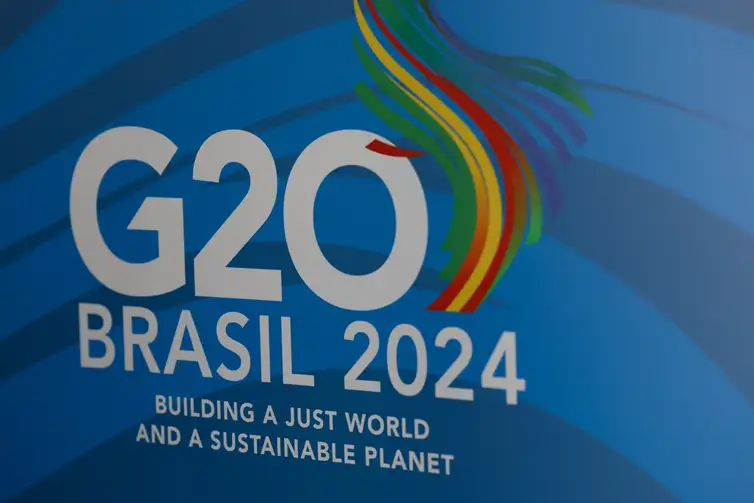Oil Prices Climb Amid OPEC+ Production Cuts and Drone Attacks on Russian Refineries
As oil prices continue to gain ground, investors keep a close watch on the unfolding events that contribute to the tightening of global supply and the fluctuating demand.
Published April 02, 2024 - 00:04am
Oil prices surged on Monday as the market added to its recent gains amid investor anticipation of a tightening global supply, influenced by strategic decisions and geopolitical disruptions. OPEC+ production cuts, drone attacks on Russian refineries, and positive data from the Chinese manufacturing sector have all played parts in shaping the current oil landscape.
Despite a slight dip earlier in the day, Brent crude managed to stay rooted around $87 per barrel, while West Texas Intermediate (WTI) hovered close to $83 per barrel. This marks the highest level reached since October last year, underscoring the volatility and the upward pressure on oil amid global economic recovery efforts and supply chain challenges.
Additionally, low trading volumes were observed due to the Easter holiday in several countries, while the focus remains on OPEC+'s commitment to extend production cuts until the end of June, potentially tightening crude supplies during the summer demand period in the Northern Hemisphere.
Russia's Deputy Prime Minister, Alexander Novak, indicated that in the second quarter of the year, Russian oil companies would emphasize production cuts over exports to fairly distribute the reductions amongst OPEC+ members. Subsequently, drone attacks on Russian oil refineries are expected to further diminish fuel exports from the country, adding another layer of complexity to the global supply scenarios.
In a sign of robust demand, China, the world's largest crude importer, saw its manufacturing activity grow for the first time in six months in March, despite the ongoing real estate sector crisis that exerts pressure on the economy. This suggests a potential increase in oil demand from the Asian giant, which could have significant global repercussions on oil prices.
The upward trajectory of oil prices comes amid escalating concerns over supply constraints. Analysts are closely monitoring the ongoing discussions among OPEC+ nations, a group that encompasses the Organization of Petroleum Exporting Countries and its allies, including Russia. The collective's resolve to maintain production cuts until the end of June could significantly strain the oil supply as global demand increases, particularly during the summer when travel and transportation typically experience a seasonal surge. As these cuts restrict output, countries that rely heavily on oil imports may face additional economic pressures that ripple across various sectors.
Adding to the complexity of the situation, the drone attacks on Russian refinaries have not only heightened geopolitical tensions but have also prompted worries about the vulnerability of key energy infrastructure. While the immediate impact on oil production appears to be limited, the potential for further disruptions provides a bearish signal for the market, embedding a premium in oil prices that reflects the geopolitical risk. As Russia navigates these challenges, its role as a major oil producer comes under greater scrutiny, with any significant impact on its output likely to have broader implications for global oil markets.
Despite these pressures, some reports suggest that other global oil producers could step up to mitigate potential shortfalls. The United States, for instance, has sizeable strategic petroleum reserves that could be tapped to alleviate supply disruptions. Moreover, shale oil producers in the U.S., who can typically respond quickly to price signals, may see an opportunity to increase output should prices remain at these elevated levels. However, this would require a careful balance, as overproduction could lead to a swift correction in the market.
Financial markets are also reacting to the news, with energy sector stocks experiencing gains that reflect the current trends in oil prices. As investors recalibrate their portfolios, the dynamic interplay between energy companies' profitability and the broader economic recovery will become an area of increased focus. Furthermore, the implications for renewable energy investment cannot be overlooked, as higher oil prices may bolster the competitiveness of alternative energy sources and potentially accelerate the global energy transition.
The oil markets also continue to be influenced by currency fluctuations, with the strength of the U.S. dollar playing a pivotal role. Since oil is priced in dollars, any changes in the currency's value can have a significant impact on oil prices. A stronger dollar makes oil more expensive for holders of other currencies, which could temper demand and affect prices. Conversely, a weaker dollar could make oil cheaper on the global market and potentially reinforce demand, thereby supporting prices.
Energy analysts are watching for signs of how consumption patterns may change in response to the evolving oil price landscape. On one hand, sustained high prices may encourage greater energy efficiency and conservation measures, while on the other hand, they may delay efforts by countries to reduce dependence on fossil fuels. The intricate balance between economic growth, energy demand, and climate commitments continues to be a delicate dance for policymakers around the world.
Looking ahead, the trajectory of oil prices is likely to hinge on a range of factors including the pace of global economic recovery, ongoing geopolitical developments, production decisions by major oil-exporting nations, and the potential response from shale producers. With so many variables at play, the oil market is poised for further volatility, carrying implications that extend far beyond the energy sector.
In conclusion, the confluence of supply constraints, geopolitical incidents, shifting market dynamics, and economic indicators such as China's manufacturing activity present a complex picture for the future of oil prices. Stakeholders across the spectrum, from national governments to individual consumers, remain vigilant as the market continues to unfold in unpredictable ways, reflecting the intricate web of interdependencies that characterize today's global energy landscape.






